ELIZABETH MAGILL - LANDSCAPES AND CONSTRUCTIONS
Landscape painters will often be very aware of the history of their genre while developing their own style and expression. Elizabeth Magill exploits the various historical possibilities of the landscape tradition and enters into dialogue with representational codes of landscape art from various periods. She builds further upon the possibilities of the landscape genre - not in the ironic or mocking way often seen in postmodern art, but instead affirmatively and investigatively, as a way to widen the spectre for what landscapes can contain.
In her work, Magill combines elements of traditional European landscape painting, especially the adaption of a Turneresque use of light and the misty panoramas of the Romantic landscapes, with her own distinctive style characterized by multiple washes of colour, and motifs sprinkled with drips or slathered in paint, stained or even scarred. In her large canvasses, she combines smaller areas of detailed naturalistic studies with abstract fields of paint, the textures of which vary from dry and crumbly to fluid, enamelled or translucent, and in which the character of her painterly gestures, their direction, their tenderness or even aggression, plainly shows. Her scenes are complicated by layers of allusion and multiple focuses and are not governed by perspective nor by demands of realism, and the colour tonality is atmospheric rather than imitative.
In her painting Magill calls attention to the fact that abstraction is just as connected to nature and reality as illusionism is. The representation of nature may seem more direct and immediately intelligible in classic, strictly illusionist landscape painting, but Magill reaches new ground as she opens the sceneries for the viewers and lets us interpret them freely thus allowing us to inject our own memories and realities into the painterly, romantic and sometimes eerie wilderness. While traditional illusionistic landscape painters view nature in order to capture a reflection of it from a single point of view, an artist like Elizabeth Magill seeks to depict her own personal visions created from visual reminiscence from encounters with many different landscapes, childhood memories, moods and atmospheres.
Magill’s landscapes are fragmented and seem to be captured in intermediate positions between appearance and disappearance, between emergence and vanishment.
Her extensive use of marks and disruptions in the picture plane seems to concretize the unapproachableness of an objective reality and emphasize that we are all relying on our senses and our memories to establish the truth of this so-called objective reality. Elizabeth Magill endows the landscapes with a poetic transience in a place, where reality and imagination, inner and outer worlds, interpenetrate. By doing so, she suggests that the landscapes fundamentally are sets of contingent visual constructions and individual ideas rather than something given and natural.
-- Lise Sinnbeck, 2008-06-05
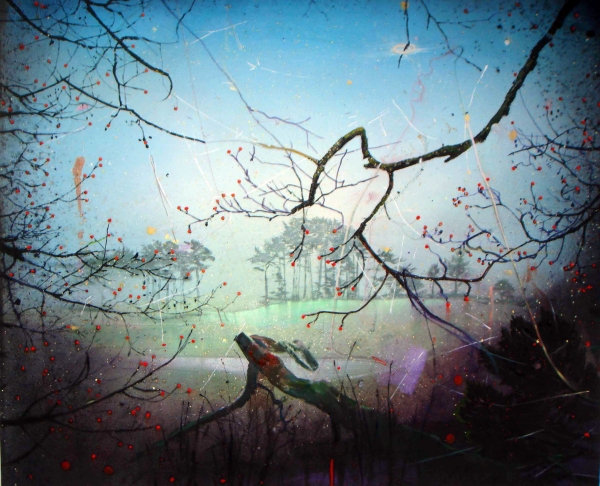
Vanishing Lake, 2007, photo courtesy of Elizabeth Magill
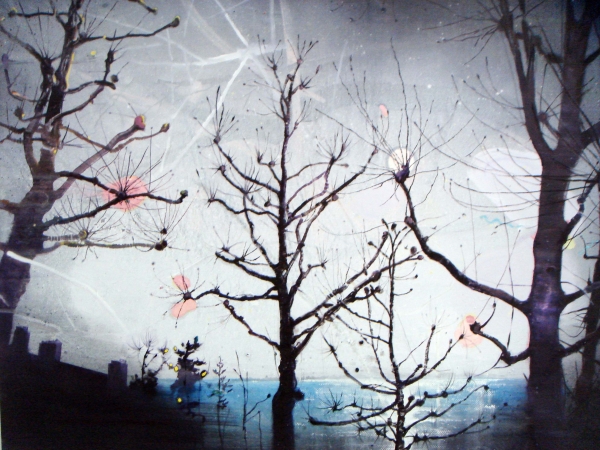
Islip, 2007, photo courtesy of Elizabeth Magill
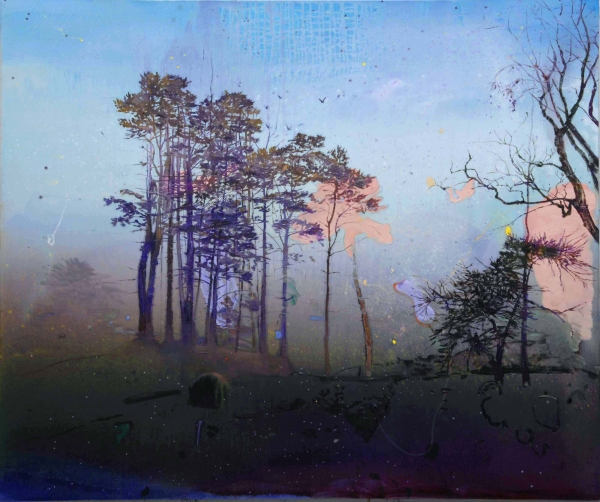
Heartland, 2007, photo courtesy of Elizabeth Magill
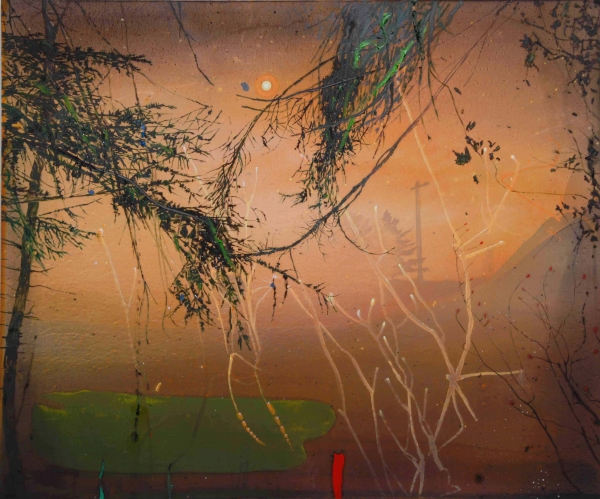
Chronicle of Orange, 2007, photo courtesy of Elizabeth Magill
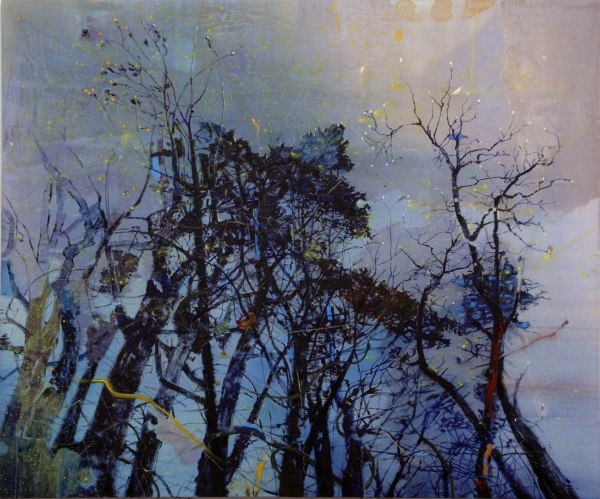
Blue Constrictor, 2007, photo courtesy of Elizabeth Magill
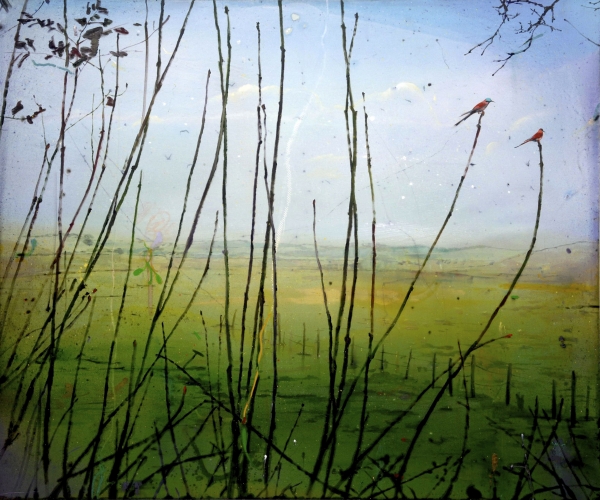
Northern Carmine, 2007, photo courtesy of Elizabeth Magill
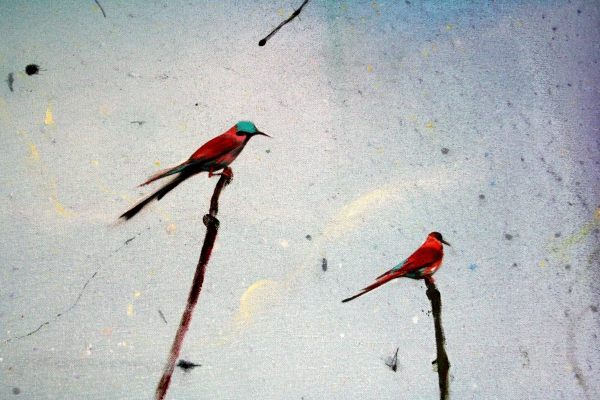
Northern Carmine, detail